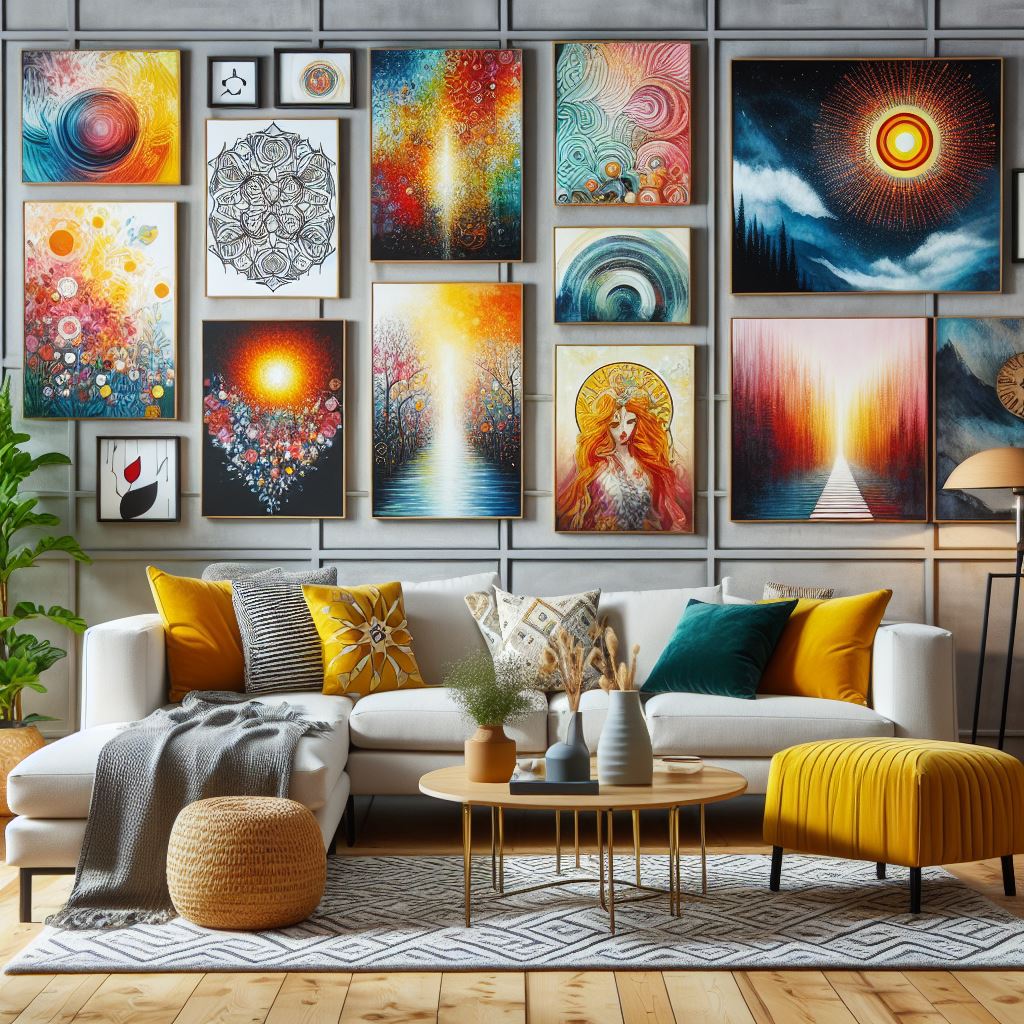
Modern House Design Ideas for the Philippines
Share
The Philippines, with its tropical climate and rich cultural heritage, presents a unique landscape for modern house design. Combining contemporary aesthetics with traditional elements, modern house design in the Philippines focuses on creating spaces that are both functional and harmonious with the environment. As urban areas expand and more people seek refuge from busy city life, the demand for modern homes that provide comfort, sustainability, and style continues to grow.
One of the key aspects of modern house design in the Philippines is the use of *tropical architecture*. This style emphasizes open spaces, natural ventilation, and the use of materials that are suited to the humid and warm climate. Incorporating large windows and sliding doors not only allows for ample natural light but also promotes better air circulation, helping to keep the home cool.
Another significant factor is the integration of *sustainable materials*. Bamboo, rattan, and other locally sourced materials are often used in construction and interior design, providing an eco-friendly alternative to conventional building materials. These materials not only reduce the carbon footprint but also add a touch of natural beauty to the home.
For those looking to create a modern home that reflects their unique style while being mindful of the environment, exploring these modern house design ideas for the Philippines is a great start. Learn more today, visit oldhippys.com and discover how you can transform your living space into a modern haven.
Key Elements of Tropical Architecture
Tropical architecture is perfectly suited for the Philippines' warm and humid climate, combining functionality with aesthetic appeal. One of the primary key elements of tropical architecture is the use of *natural ventilation*. Homes are designed to maximize airflow and reduce reliance on artificial cooling systems. This often involves the strategic placement of windows, vents, and open spaces to facilitate the movement of air throughout the structure.
*Shading devices* are another crucial component. Overhangs, pergolas, and awnings are commonly used to shield interiors from direct sunlight, thereby reducing heat gain. This not only keeps the home cooler but also minimizes energy consumption by lessening the need for air conditioning.
Incorporating *natural materials* like bamboo, wood, and stone is also a hallmark of tropical architecture. These materials not only blend seamlessly with the natural surroundings but also offer durability and sustainability. Additionally, their thermal properties help in maintaining a comfortable indoor temperature.
*Green roofs and walls* are innovative features that are increasingly being integrated into modern tropical homes. These living elements provide insulation, absorb rainwater, and contribute to better air quality. Plus, they add a lush, green aesthetic that enhances the overall appeal of the home.
Lastly, *indoor-outdoor living* is a fundamental principle of tropical architecture. Large sliding doors, patios, and verandas create a seamless transition between the interior and exterior spaces, allowing residents to enjoy the beauty of their natural surroundings while remaining sheltered from the elements.
By incorporating these key elements, tropical architecture not only addresses the climatic challenges of the Philippines but also creates homes that are sustainable, comfortable, and visually stunning.
Incorporating Sustainable Materials and Practices

As the demand for eco-friendly living spaces rises, incorporating *sustainable materials and practices* into modern house design in the Philippines has become increasingly important. One of the most effective ways to achieve this is by using locally sourced materials. Bamboo, for instance, is a *fast-growing, renewable resource* that is both sturdy and versatile. It can be used for flooring, wall panels, and even furniture, providing a natural look while reducing the carbon footprint associated with transportation.
Another popular sustainable material is *recycled wood*. Repurposing wood from old structures not only gives it a new life but also prevents the need for additional logging. This practice helps preserve forests and reduces waste. Similarly, using *recycled metal and glass* can add a modern touch to the home while supporting recycling efforts.
Sustainable practices extend beyond material selection to include construction techniques. *Passive design strategies*, such as optimizing the orientation of the house to take advantage of natural light and wind patterns, can significantly reduce energy consumption. Installing *solar panels* is another effective way to harness renewable energy, providing a clean power source for the home.
Water conservation is also a critical aspect of sustainable design. Implementing *rainwater harvesting systems* can provide a supplementary water source for irrigation, flushing toilets, and even washing clothes. Additionally, using *low-flow fixtures* in bathrooms and kitchens can drastically cut down on water usage, making the home more environmentally friendly.
Finally, incorporating *green building certifications* like LEED (Leadership in Energy and Environmental Design) can ensure that the home meets stringent sustainability standards. This not only boosts the home's market value but also reassures homeowners that their living space adheres to best practices in eco-friendly design.
By embracing sustainable materials and practices, modern homes in the Philippines can contribute to a healthier planet while offering a comfortable and stylish living environment.
Space Optimization for Urban Living

Urban living in the Philippines often means dealing with limited space. Therefore, **space optimization** is crucial for modern house designs. One effective strategy is to adopt an *open floor plan*. By minimizing the use of walls and partitions, you create a sense of openness and fluidity within the home. This not only maximizes the available space but also enhances natural light distribution, making the home feel more spacious.
**Multifunctional furniture** is another key element in space optimization. For instance, a sofa bed can serve as both seating and sleeping space, while a coffee table with storage compartments can help declutter the living area. Similarly, foldable or expandable dining tables can be adjusted based on the number of guests, providing flexibility and practicality in a compact space.
Utilizing *vertical space* is also essential in optimizing limited areas. Installing shelves or cabinets that reach up to the ceiling can offer additional storage without taking up valuable floor space. Lofted areas can serve as extra sleeping quarters, workspaces, or even mini-lounges, making efficient use of the home's height.
Another innovative approach is the use of **sliding doors** instead of traditional hinged doors. Sliding doors take up less room and can act as flexible partitions between different areas of the home. This allows for convenient reconfiguration of spaces based on changing needs.
Incorporating *built-in storage solutions* like under-bed drawers, wall-mounted desks, and pull-out pantry shelves can also help in keeping the home organized and clutter-free. These solutions make the most of every available inch, ensuring that even the smallest spaces are used efficiently.
Lastly, the use of *mirrors and light colors* can create an illusion of more space. Mirrors reflect light and make rooms appear larger, while light colors on walls and furniture can make the environment feel airy and open.
By implementing these space optimization strategies, modern homes in urban areas of the Philippines can be both functional and stylish, offering residents a comfortable and efficient living experience.
Balancing Aesthetics with Functionality

When it comes to modern house design in the Philippines, *balancing aesthetics with functionality* is key to creating a home that is both beautiful and practical. The challenge lies in ensuring that every design element not only enhances the visual appeal but also serves a practical purpose.
**Minimalist design** is a popular trend that embodies this balance. By focusing on simplicity and clean lines, minimalist homes eliminate unnecessary clutter, making spaces feel larger and more organized. This approach often involves the use of neutral colors, natural materials, and well-chosen decor pieces that add character without overwhelming the space.
**Functional decor** is another way to achieve this balance. For example, a stylish bookshelf can serve as a room divider, creating separate areas within an open floor plan while providing storage and display space. Similarly, attractive storage boxes and baskets can keep items organized while adding a touch of elegance to the room.
**Lighting** is a crucial aspect that can significantly impact both aesthetics and functionality. Layered lighting, which includes ambient, task, and accent lighting, ensures that spaces are well-lit and versatile. Pendant lights or chandeliers can serve as focal points, enhancing the room's decor, while under-cabinet lighting in the kitchen improves visibility and safety.
Incorporating *greenery and natural elements* can also enhance both the look and feel of a home. Indoor plants not only beautify the space but also improve air quality and create a calming environment. Similarly, the use of materials like wood, stone, and bamboo can add warmth and texture, making the home more inviting and functional.
**Smart home technology** is another modern solution that marries aesthetics with functionality. Devices like smart thermostats, lighting systems, and security cameras can be seamlessly integrated into the home, providing convenience and efficiency without compromising on style.
Finally, **ergonomic furniture** ensures that comfort and usability are not sacrificed for the sake of design. Chairs, desks, and sofas should not only look good but also support healthy posture and movement, making daily activities more comfortable and enjoyable.
By carefully selecting design elements that serve both aesthetic and functional purposes, homeowners in the Philippines can create modern living spaces that are as practical as they are beautiful.
Modern House Design Inspirations

Finding the right *modern house design inspirations* can be both an exciting and daunting task. The Philippines, with its tropical climate and vibrant culture, offers a unique backdrop for contemporary architectural styles. To spark your creativity, here are some inspiring ideas that blend modern aesthetics with local charm.
**Tropical Modernism** is a style that perfectly suits the Philippine environment. This approach integrates open floor plans, expansive windows, and outdoor living spaces to maximize natural light and ventilation. Materials like wood, stone, and bamboo not only add a touch of nature but also enhance the home's sustainability.
**Sustainable Architecture** is gaining traction among modern homeowners. Embracing eco-friendly materials and energy-efficient designs, these homes often include solar panels, rainwater harvesting systems, and green roofs. These features not only reduce environmental impact but also lower utility costs in the long run.
**Scandinavian Design** is another source of inspiration for modern homes in the Philippines. Characterized by simplicity, minimalism, and functionality, this style uses a neutral color palette and natural materials to create serene and clutter-free spaces. The inclusion of cozy textiles and indoor plants can add warmth and a touch of hygge to your home.
For those who love a bit of *luxury*, **Mid-Century Modern** design offers a timeless appeal. With its sleek lines, organic shapes, and innovative use of materials, this style adds a touch of elegance to any modern home. Statement furniture pieces and bold accent colors can make your space stand out while maintaining a cohesive look.
**Industrial Chic** is perfect for homeowners who appreciate an edgy, urban vibe. Exposed brick walls, metal fixtures, and reclaimed wood elements give these homes a raw yet sophisticated look. This style often incorporates open spaces and high ceilings, making even smaller homes feel expansive and airy.
**Japandi Style**, a blend of Japanese minimalism and Scandinavian functionality, is also gaining popularity. This design philosophy emphasizes simplicity, natural elements, and a harmonious balance between form and function. The result is a calming, clutter-free environment that promotes tranquility and well-being.
By exploring these diverse design inspirations, you can find the perfect blend of modern aesthetics and local elements to create a home that reflects your personality and meets your needs. To *learn more today*, visit oldhippys.com for a wide range of products and ideas that can help bring your vision to life.
